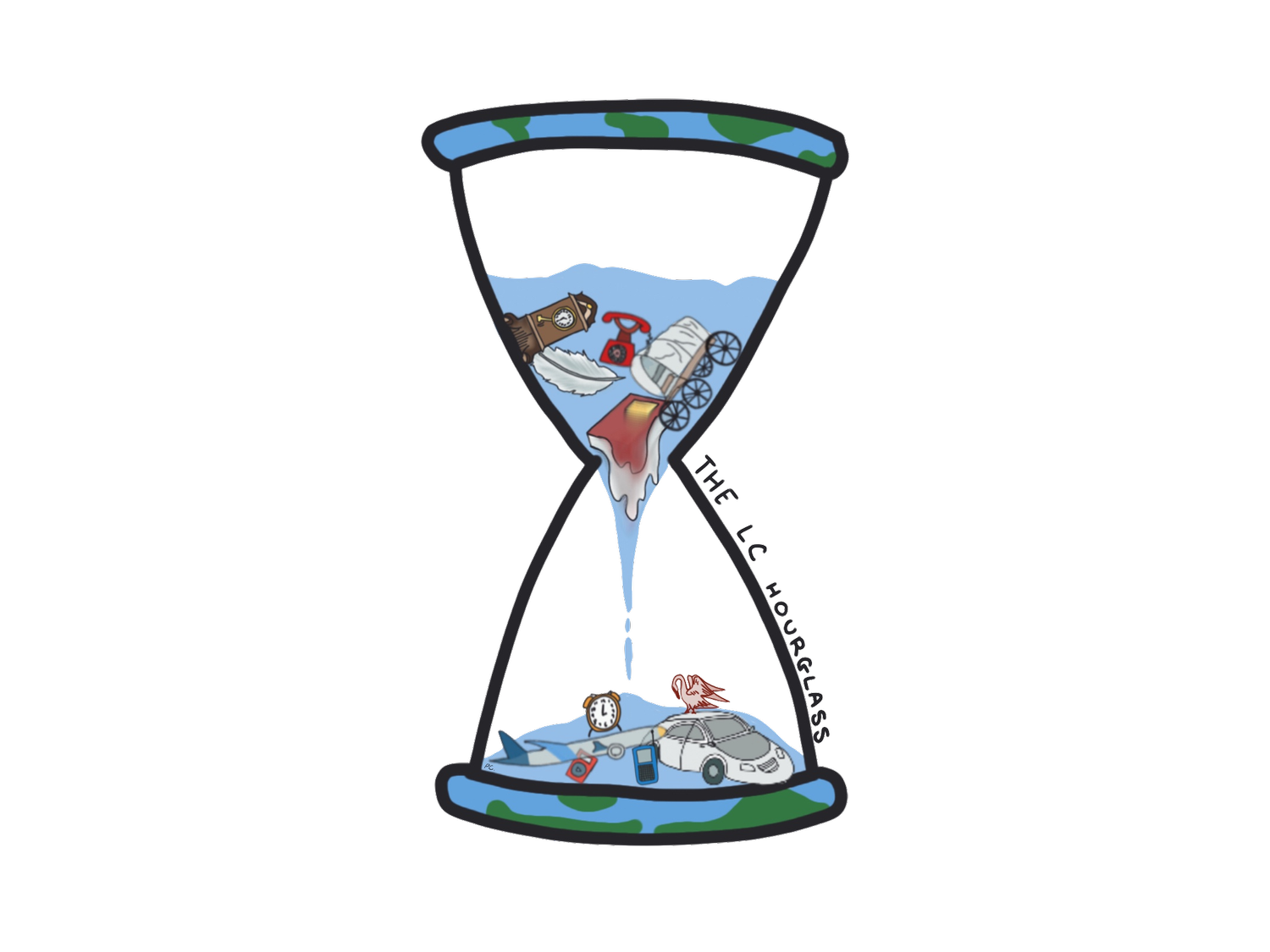We Reap what we Sow: Food Tech Startups and their Impacts on Traditional Agriculture
By Katie Pham, 2027
After World War 2, business groups proposed policies that would “modernize” farming by addressing what they deemed to be its economic inefficiencies. From 1954 to 2014, farms started to condense and their numbers in the United States dropped from 4.8 million to 2 million. Today, only 20% of farmers own 70% of US farming land. Since the 1950s, farming methods and equipment have become more technologically advanced, reliant on fossil fuel, and tailored to efficient, low-cost, mass production; this is industrial agriculture. Food tech startups today lean toward industrial agriculture, bringing novel technological inventions to the food industry.
Food tech startups use innovative technology that expands the food industry and makes food production more efficient. Biochemical research and development is evident in many aspects of the food industry like protein alternatives, for instance. In July 2016, Impossible Foods launched the ‘Impossible Burger’, a burger containing plant-based meat. The key to it was an iron molecule of vegetal origin called heme. Heme is able to mimic the taste, aroma, and texture of real meat. The meat industry makes up 20% of greenhouse gas emissions, thus supporting plant-based meat is a way to lessen environmental degradation and animal cruelty. Furthermore, plant-based meat products can diversify culinary options for a larger audience. This is only one of the many examples of innovations brought to the food industry accredited to food tech companies’ experimentation. Another innovation brought to the food industry is precision agriculture. The USDA has funded precision agriculture research since 2017, providing nearly 200 million dollars. It utilizes devices like GPS, auto-steering equipment, IoT sensors, and drones to yield products more efficiently while simultaneously promoting better resource management. However, it’s this need for ‘efficiency’ that leads their problems.
Food Tech companies can often harm traditional farmers through mass production and agricultural dumping. Food tech startups today lean toward industrial agriculture which utilizes modern technology to create food products on a mass scale. This enables food tech startups to sell food to the markets at a lower cost. This consequently makes the process of allowing farmers who practice traditional agriculture to sell their produce in grocery stores and supermarkets more costly. Farmers and ranchers only receive fifteen cents for every dollar spent on their produce at grocery stores, making it harder for them to sustain their farms and livelihoods. This is why many farmers turn towards Farmers’ Market instead of traditional supermarkets. Furthermore, large food tech companies tend to take advantage of Agricultural Dumping. Due to financial support programs/ subsidies from the US government, food tech companies can export leftover US food, most notably to Latin America, and force the people to buy it at a price lower than production, thus called dumping. This process hurts the local farmers in those countries since it pressures them out of business due to an inability to compete with the imports. Moreover, it undermines their agriculture sector which often times is a significant contributor to developing countries’ GDP. Agriculture dumping creates this dependency on imported food in the recipient countries which can lead to food insecurity if the imports fluctuate.
Food Tech advancements pave the way for technological development and innovation that makes food production more efficient. However, this leads to the centralization of the food industry. As food tech companies, farms, and even supermarkets consolidate, competition goes away which will cause consumer prices to increase, which allows a select amount of dominant entities to monopolize and gain substantial control over prices, supply chains, and market dynamics.
Works Cited
Burg, Charlotte. “What Is “Food Tech”?: Silicon Valley’s Attempt to Overthrow the Traditional Food Industry.” Foreign Affairs Review, 26 Nov. 2023, www.foreignaffairsreview.com/home/what-is-food-tech-silicon-valleys-attempt-to-overthrow-the-traditional-food-industry. Accessed 6 May 2024.
Humphrey , Kyle . “Feeding the Future: How Tech-Driven Decentralized Food Systems Are Reshaping America’s Plate.” Www.linkedin.com, 14 Apr. 2023, www.linkedin.com/pulse/feeding-future-how-tech-driven-decentralized-food-systems-humphrey. Accessed 30 Apr. 2024.
Office, U. S. Government Accountability. “Precision Agriculture: Benefits and Challenges for Technology Adoption and Use | U.S. GAO.” gao.gov, 31 Jan. 2024, www.gao.gov/products/gao-24-105962. Accessed 8 May 2024.
Sophia , Murphy , and Karen Hansen-Kuhn. “Corporate Agricultural Dumping: Growing the Wealth Gap.” Inequality.org, 12 July 2017, inequality.org/research/winners-losers-agricultural-dumping/. Accessed 8 May 2024.
“Sustainable Agriculture vs. Industrial Agriculture.” FoodPrint, 10 Oct. 2018, foodprint.org/issues/sustainable-agriculture-vs-industrial-agriculture/#:~:text=The%20Impacts%20of%20Industrial%20Agriculture. Accessed 1 May 2024.
“The Pros and Cons of Industrial Agriculture.” Mossyoak.com, 30 July 2019, www.mossyoak.com/our-obsession/blogs/the-pros-and-cons-of-industrial-agriculture#:~:text=Large%2Dscale%20industrial%20farms%20have. Accessed 2 May 2024.
